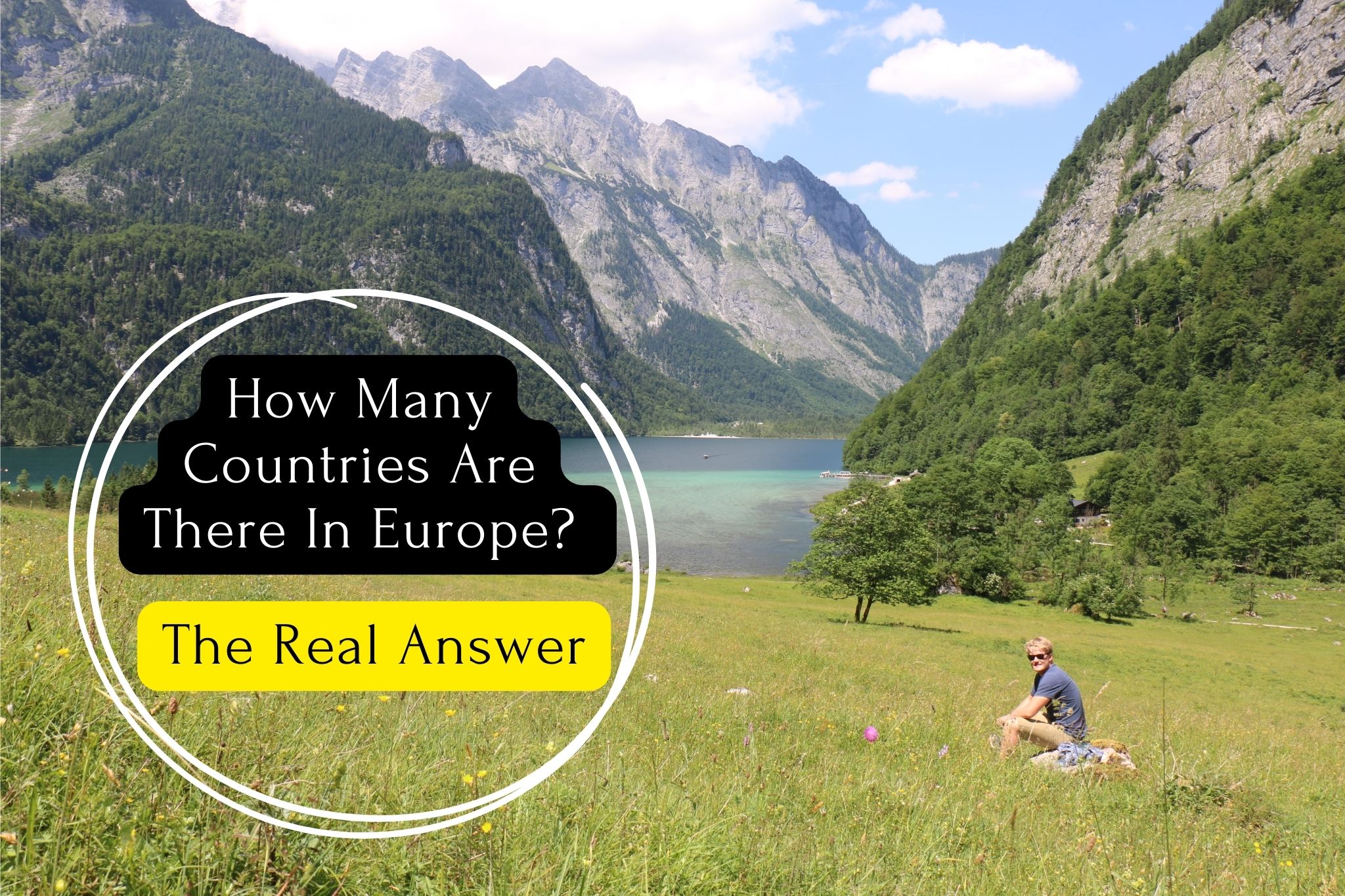
As someone who is currently on a quest to visit every country in the world, having reached country number 77 out of 197, I have evolved into quite the country nerd. Being Swedish, Europe is essentially my backyard—a continent I have traversed extensively. In fact, Europe is the region where I’ve visited the most countries.
But a question that frequently arises is: How many countries are actually in Europe? Do Turkey and Russia count as part of Europe? What about the nations in the Caucasus Mountains? As you might guess, the answer varies depending on whom you ask. In this blog post, I aim to offer my perspective on this intriguing topic.
To give you the short answer, there are 46 countries in total in Europe. Despite having its largest city, Istanbul being cut in half by Europe and Asia, Turkey is not part of Europe due to its more Middle Eastern culture rather than European. On the other hand, the giant of Russia with a majority of its landmass in Asia, I consider to be a part of Europe due to its culture and historical ties with other European countries. The countries of the Caucasus are not considered a part of Europe due to their more oriental vibe and geographical location.
Continue reading to see the full list of European countries and understand why I came to that there are 46 countries in Europe.
Definition of Europe
Firstly, how do we even define Europe? Are we considering purely geographical criteria, where the European tectonic plates are distinct from the Asian ones, or are we including cultural and historical aspects in our definition of Europe?
In my perspective, it’s a combination of both, leaning more towards cultural and historical identity than strictly adhering to geographical borders. However, if we were to outline Europe from a geographical standpoint, we would see the following boundaries:
Western Boundary: The western boundary of Europe is the Atlantic Ocean, including the North Sea and the Norwegian Sea.
Northern Boundary: The Arctic Ocean defines Europe’s northern limit.
Eastern Boundary: The Ural Mountains in Russia commonly mark the eastern boundary between Europe and Asia.
The Ural River, flowing from the southern Ural Mountains into the Caspian Sea, cutting through Kazakhstan, is also part of this boundary.
The Caspian Sea itself is sometimes considered a boundary. The Caucasus Mountains, stretching between the Black Sea and the Caspian Sea, are also often considered part of the eastern boundary.
Southern Boundary:
The Mediterranean Sea forms the southern boundary of Europe, separating it from Africa.
The Bosphorus and Dardanelles straits in Turkey, which connect the Mediterranean Sea to the Black Sea, are also part of Europe’s southern boundary.
Southeastern Boundary:
The Black Sea, and the waterways connecting it to the Mediterranean Sea, form the southeastern edge of Europe.
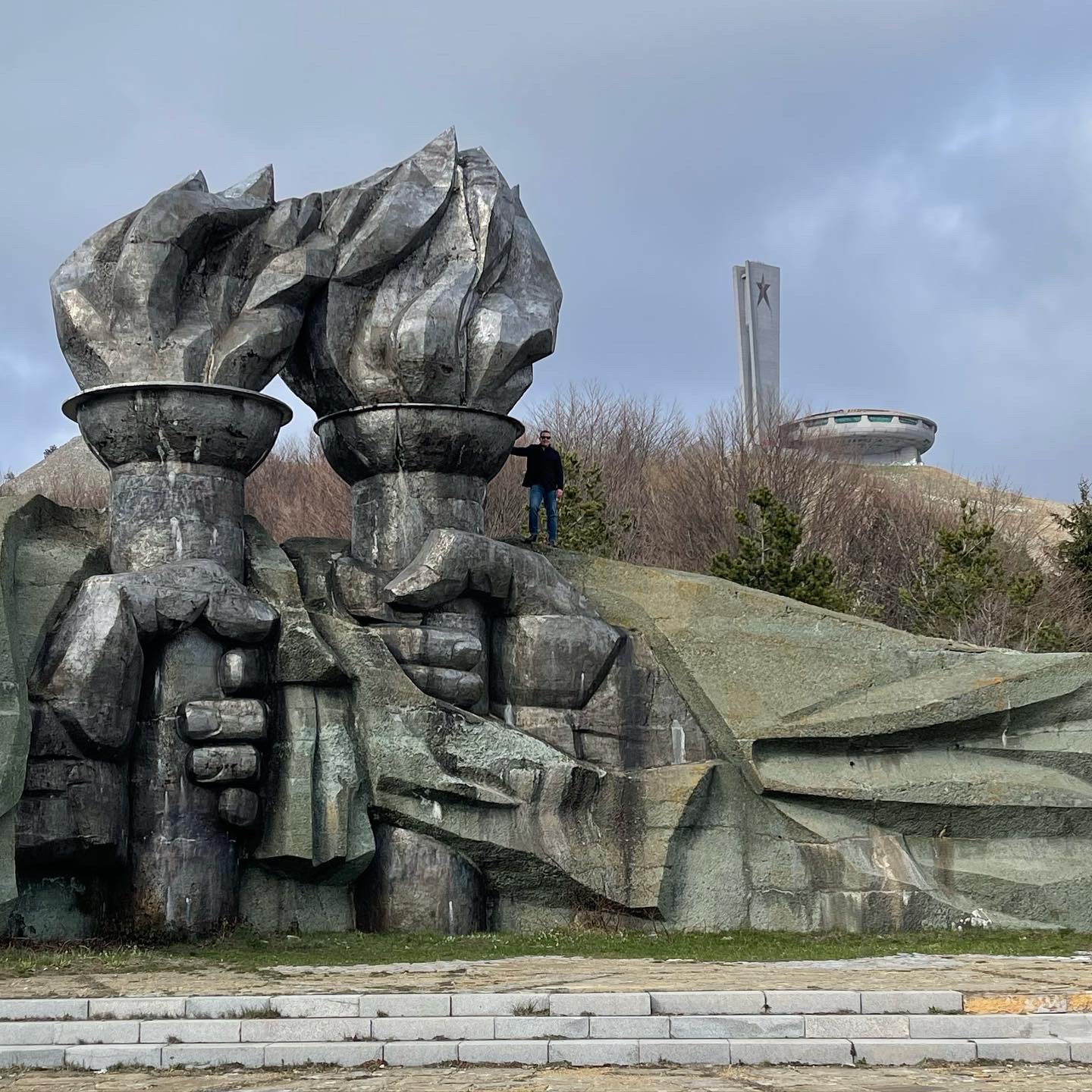
What Is A Country?
Now that we have defined, what counts as Europe, we need to clarify what makes a nation a country. In a previous blog post, where answer the question: how many countries are there in the world? I covered this in further detail, but to summarize, a country typically has:
1. a permanent population,
2. a defined territory,
3. a government,
4. the capacity to engage diplomatically with other states.
Additionally, the international recognition of a country by other recognized states is a crucial factor in determining its status as an independent country. A key indicator of such recognition is membership in the United Nations. Being a member of the UN, signifies that the country not only enjoys broad international recognition but also fulfills the other essential criteria required for the acknowledgment of its sovereignty and status as an independent state.
What Countries Are Clearly In Europe?
The following nations 43 nations are indisputably recognized as European countries, lying entirely within Europe’s geographical boundaries:
1. Albania
2. Andorra
3. Austria
4. Belarus
5. Belgium
6. Bosnia and Herzegovina
7. Bulgaria
8. Croatia
9. Czech Republic
10. Denmark
11. Estonia
12. Finland
13. France
14. Germany
15. Greece
16. Hungary
17. Iceland
18. Ireland
19. Italy
20. Latvia
21. Liechtenstein
22. Lithuania
23. Luxembourg
24. Malta
25. Moldova
26. Monaco
27. Montenegro
28. Netherlands
29. North Macedonia
30. Norway
31. Poland
32. Portugal
33. Romania
34. San Marino
35. Serbia
36. Slovakia
37. Slovenia
38. Spain
39. Sweden
40. Switzerland
41. Ukraine
42. United Kingdom
43. Vatican City
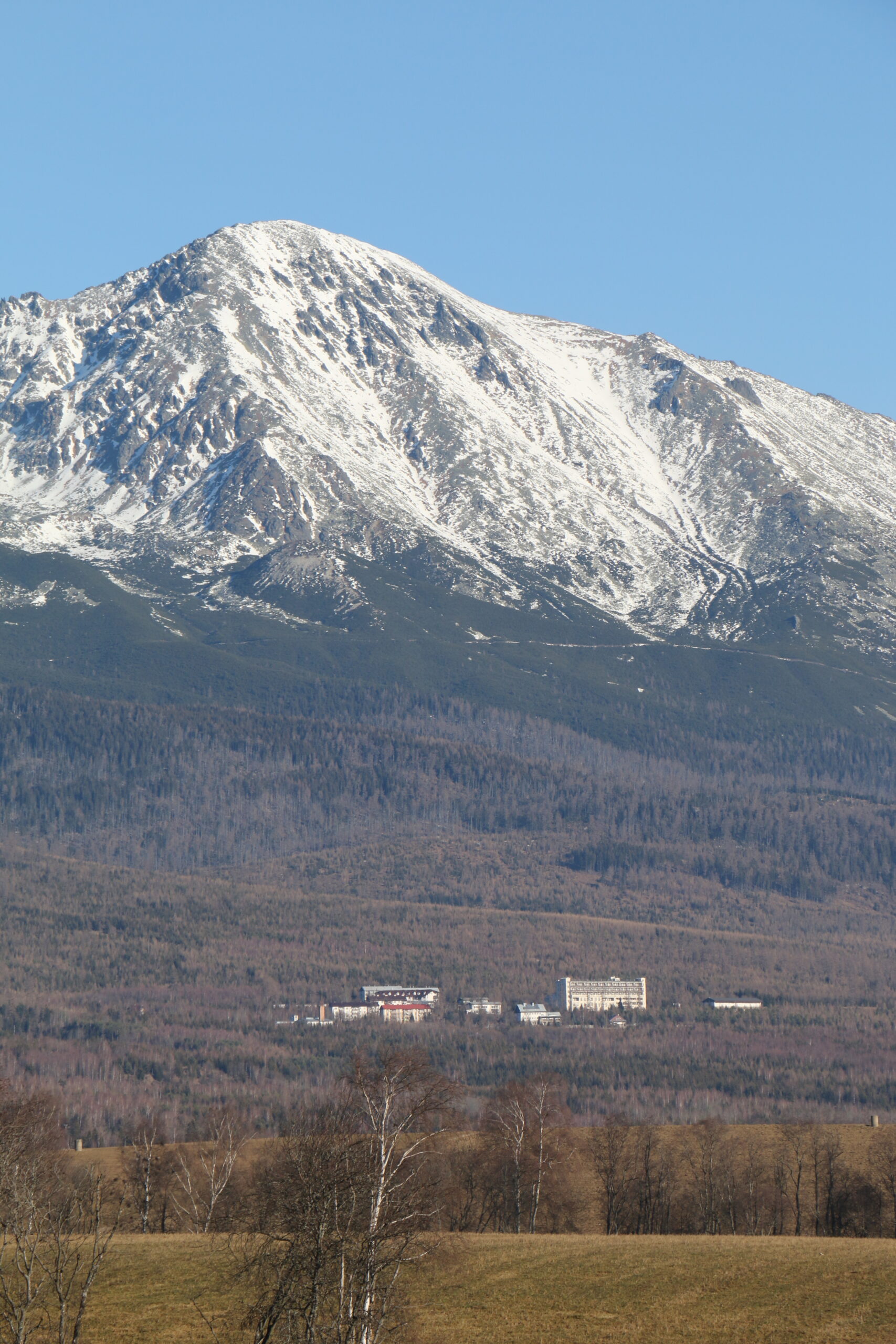
The Borderline Cases
Now that we have defined the 43 obvious cases of European countries, its time to take a closer look at those borderline cases, that could either belong to Asia or Europe.
Russia
Russia is a special case. It’s the world’s largest country with a transcontinental landscape that stretches from the Baltic Sea in the west to the Sea of Japan in the East, even having North Korea as its neighbor. A majority of its landmass lies in Asia (roughly 75%) which geographically speaking would place the country in Asia rather than in Europe. However, a majority of its population (between 75-80%) lives in the European part of the country, including the capital Moscow.
Additionally, although Russia has a lot of Asian influences in its culture, the culture is predominately European along with historical ties with Europe. Also, Russia’s dominant religion Orthodox Christianity aligns with many Eastern European countries. It is for these reasons I consider Russia to be located in Europe, despite having a majority of its landmass located in Asia. This makes the country count to 44 countries in Europe.
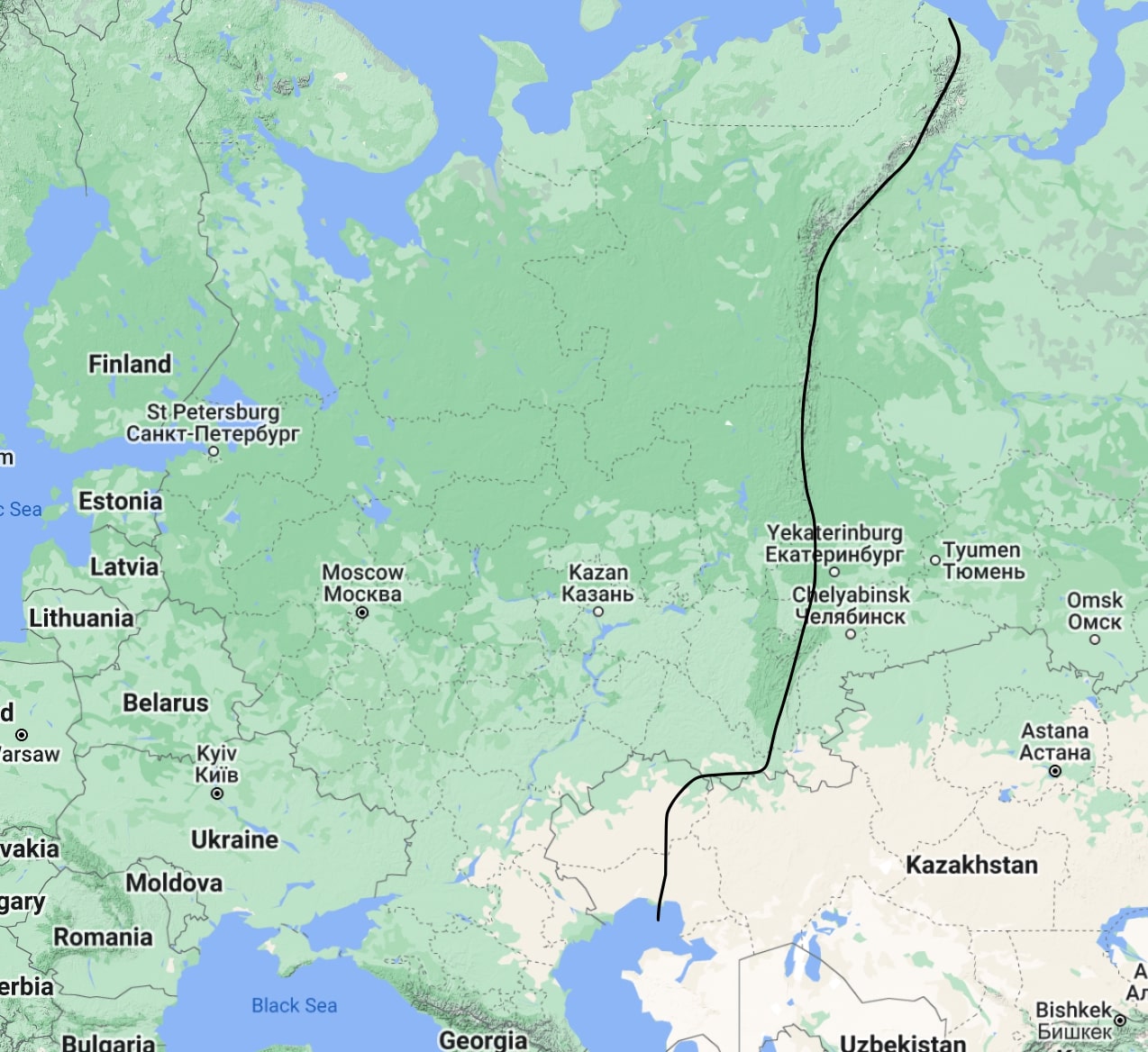
Turkey
Like Russia, Turkey is another transcontinental country. However, in contrast to Russia, only 10% of its population lives in the European part of the country and only 3 % of Turkey’s landmass lies within Europe geographically. The largest city, Istanbul (a brilliant place to visit by the way!) is divided between European and Asian continents making it the only city in the world between two continents.
The predominant Middle Eastern cultural influence and the Islamic religion set Turkey apart from Europe in my view and hence Turkey does NOT belong to Europe in my book.
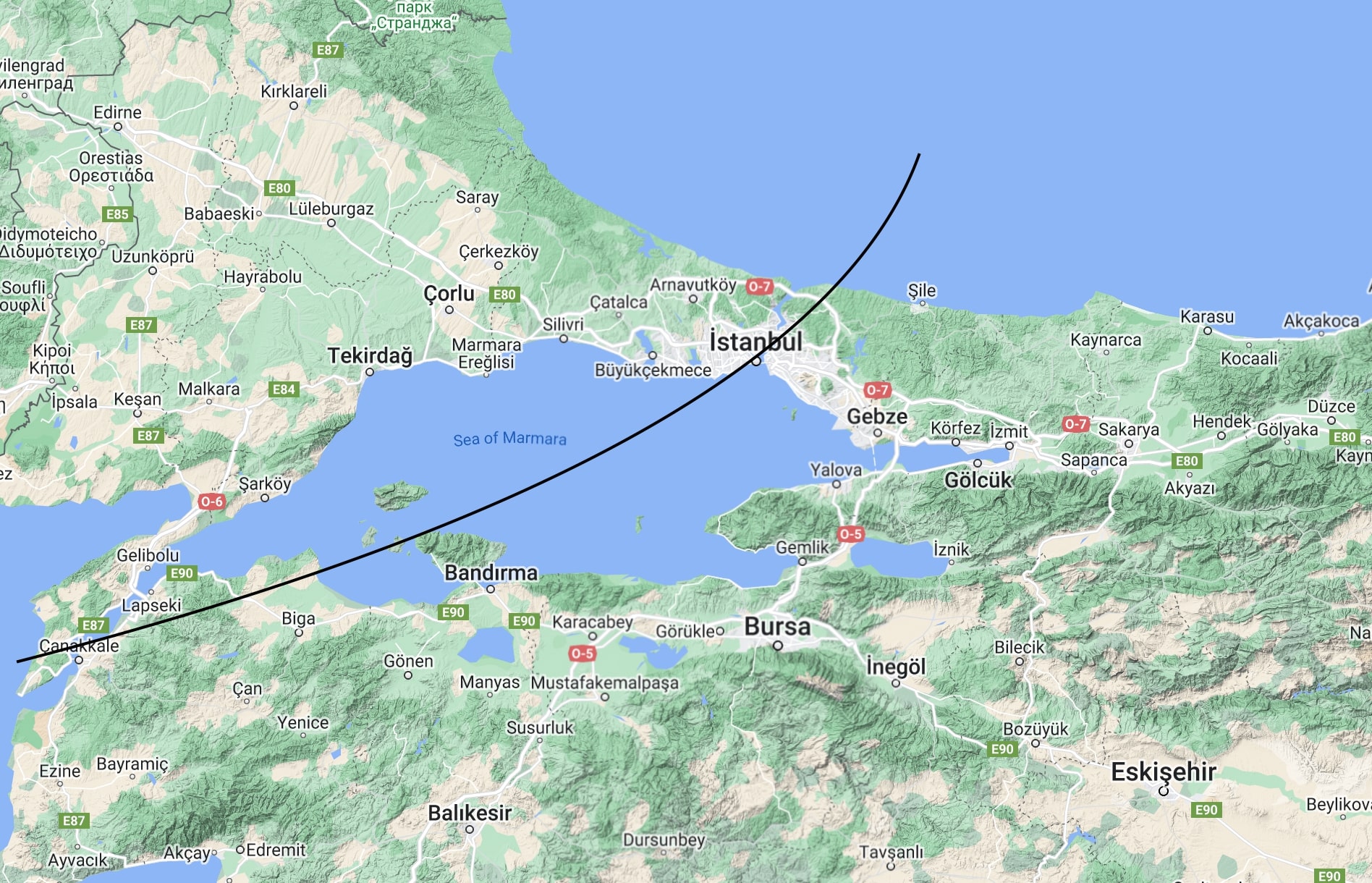
Cyprus
Due to a long-standing conflict between Turkey and Greece the island of Cyprus is a divided island with the fully recognized Republic of Cyprus (except by Turkey) in the South and the Turkish Republic of Northern Cyprus in the North (recognized only by Turkey). Geographically speaking the island of Cyprus is fully located on the Asian continent, while the Republic of Cyprus is also a member of the European Union.
Despite not being located in Europe geographically, I do consider the Republic of Cyprus to be a part of Europe due to its strong cultural and historical ties with Greece. Due to Northern Cyprus’ limited recognition, I do not consider it to be its own country, but rather a part of the Republic of Cyprus proper, however, it remains as one of those disputed territories of the world. That gives us a total of 45 countries in Europe.
The Caucasus
The Caucasus countries of Georgia, Azerbaijan and Armenia all teeter on the edge of Europe and Asia (see the image below) with a slight part of Georgia and Azerbaijan being located on the European continent while Armenia is fully located in Asia.
Although these countries might be seeking closer ties to Europe (especially Georgia) from an economic and security point of view, and also have European influences to a certain extent with Orthodox Christianity being the dominant religion in both Armenia and Georgia. I do consider it to be a bit of a stretch to consider these countries as a part of Europe.
My impressions of Georgia, when I visited, was that it had a more oriental vibe and more Central Asian characteristics rather than pure European.
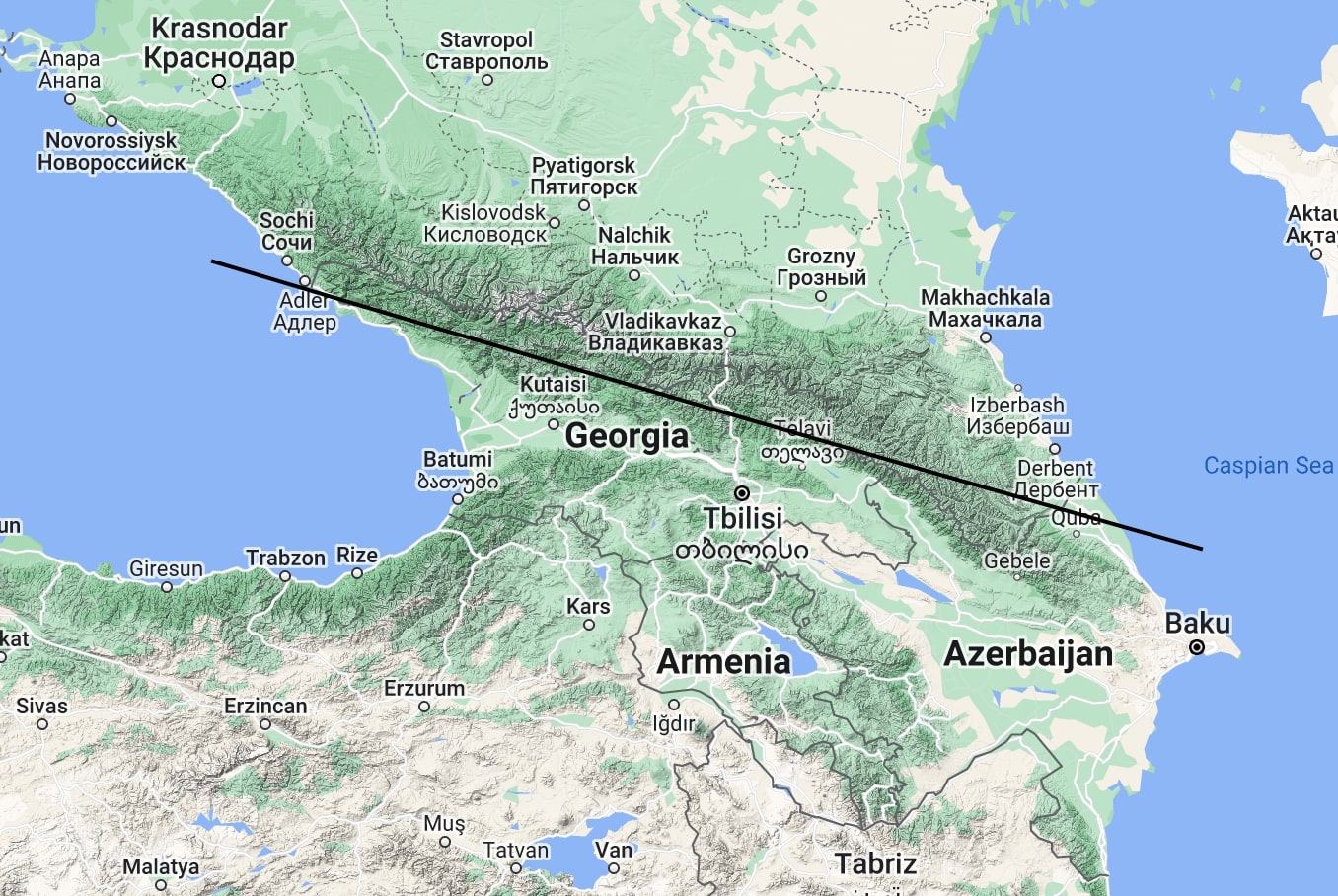
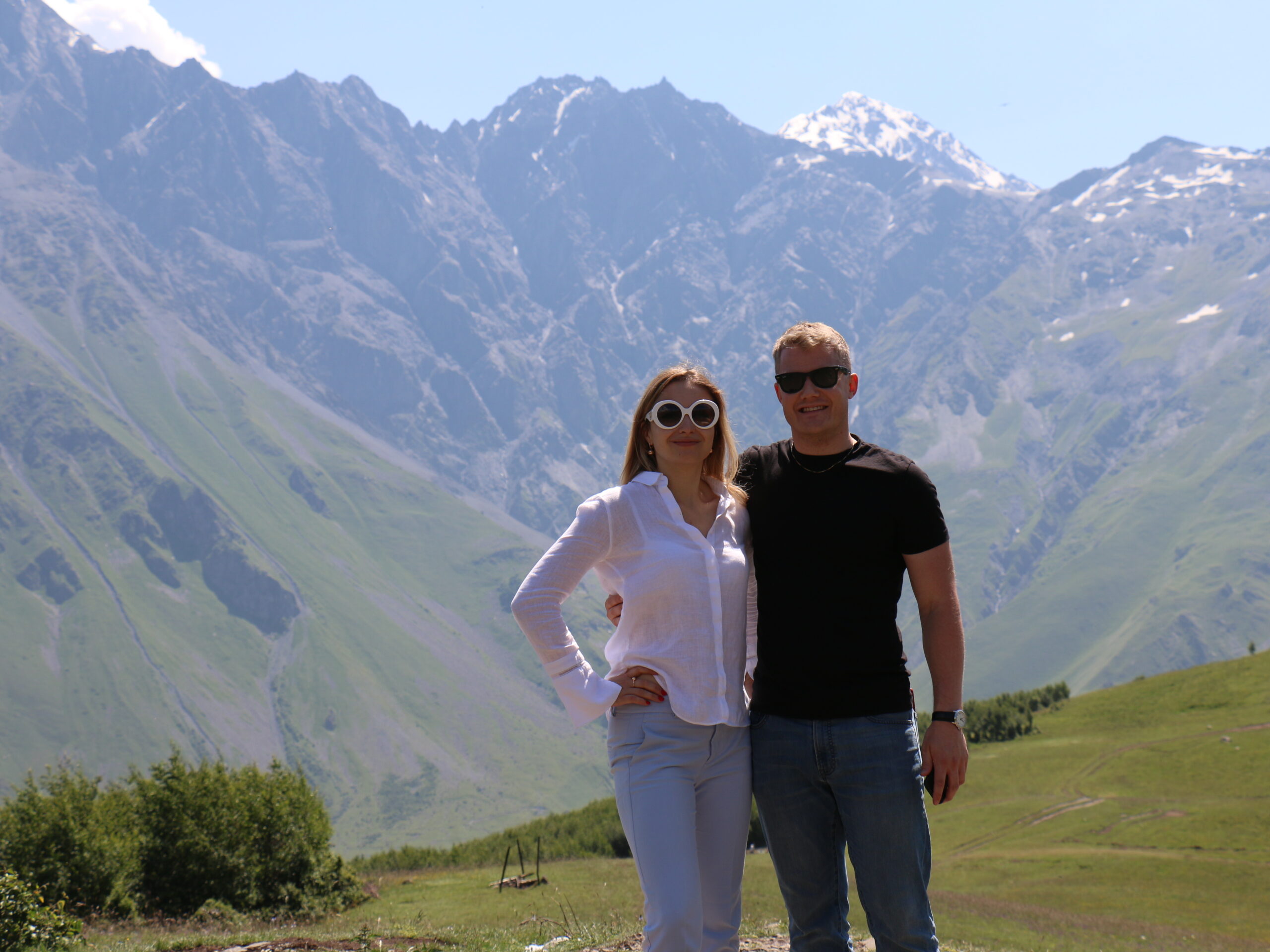
Kazakhstan
The European border to Asian in the East might run through the Ural which cuts through the Western part of Kazakhstan, making a part of Kazakhstan at least technically located in Europe. However, due to its predominately cultural and historical ties being with Asia, Kazakhstan does not count as a part of Europe.
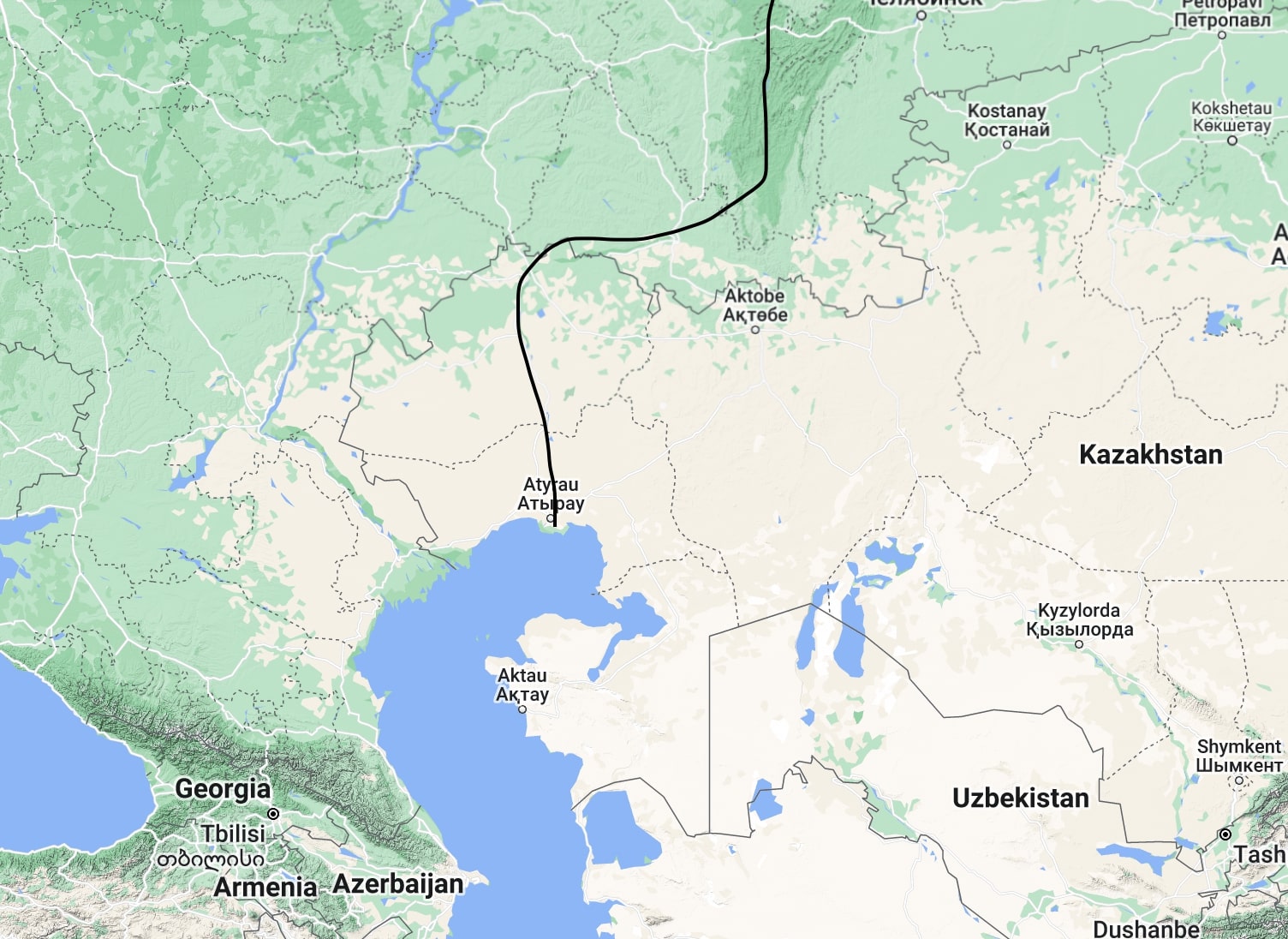
Disputed Territories
OK so now that we have worked ourselves through the borderline cases of Europe and defined what belongs to Europe and not, it’s time to tackle the disputed territories of Europe.
Is Kosovo a Country?
Kosovo declared itself independent from Serbia in 2008 and is currently recognized by roughly half of the UN member states (102 to be exactly). As mentioned in my blog article, how many countries are there in the world, Kosovo is one of those grey zone areas of what could be considered to be a country.
Yet, because it has such widespread recognition compared to other disputed territories around the world, I do consider Kosovo to be a country in itself, that also belongs to Europe. In addition to its relatively widespread recognition, Kosovo also fulfills the other requirements of what can be considered to be a country, bring out country count to a total of 46 countries in Europe.

Transnistria
Wedged between Moldova and Ukraine lies a thin stripe of land, about 40 km (12-25 miles) wide and roughly 400 km long known as the breakaway enclave of Transnistria, officially known as Pridnestrovian Moldavian Republic (PMR), which declared itself independent from Moldova in 1990 after the messy break-up of the Soviet Union.
With the largest ethnic group being Russians who live in Transnistria. Each government has made attempts to reintegrate into Russia. It largely operates as it own country with its own government, currency, army, and borders. However, it lacks the proper international recognition to be able to call itself a country.
Currently, no UN member states officially recognize Transnistria and its only recognized by three other non-recognized states, as Abkhazia, South Ossetia and Artsakh (Nagorno-Karabakh). Hence, Transnistria is not considered to be a proper country.
What about Scotland, Northern Ireland, England and Wales? Aren’t they countries?
With the short answer being NO. Neither Scotland, Northern Ireland, Wales, nor England are considered to be their own countries, but rather constituent countries of the United Kingdom. This arrangement closely mirrors the situation of certain republics within Russia, such as Chechnya or Dagestan. Similar to the British nations, these republics possess their own distinct territory, parliament, flag, and population. Yet, they remain integral parts of the Russian Federation, functioning under a unified national framework while maintaining their unique regional identities.
The 46 Countries of Europe
So there you have it folks! 46 countries in total in Europe, if you add Russia, Cyprus, and Kosovo to the list of indisputable European countries. An extended European country list could potentially also include Transnistria.
In the world of geopolitics, there are always a lot of buts and ifs and naturally, you will receive a different answer depending from whose perspective you see the world. Below you will find the full list of 46 countries that make up Europe. The countries I have been to are marked with a ✅. 39 countries in total and only 7 more to go!
1. Albania ✅
2. Andorra ✅
3. Austria ✅
4. Belarus ✅
5. Belgium
6. Bosnia and Herzegovina ✅
7. Bulgaria ✅
8. Croatia ✅
9. Cyprus
10. Czech Republic ✅
11. Denmark ✅
12. Estonia ✅
13. Finland ✅
14. France ✅
15. Germany ✅
16. Greece ✅
17. Hungary ✅
18. Iceland
19. Ireland
20. Italy ✅
21. Kosovo ✅
22. Latvia ✅
23. Liechtenstein ✅
24. Lithuania ✅
25. Luxembourg ✅
26. Malta
27. Moldova
28. Monaco ✅
29. Montenegro ✅
30. Netherlands ✅
31. North Macedonia ✅
32. Norway ✅
33. Poland ✅
34. Portugal ✅
35. Romania ✅
36. Russia
37. San Marino ✅
38. Serbia ✅
39. Slovakia ✅
40. Slovenia ✅
41. Spain ✅
42. Sweden ✅
43. Switzerland ✅
44. Ukraine ✅
45. United Kingdom ✅
46. Vatican City ✅
This article was originally posted on wordpress-1477976-5601808.cloudwaysapps.com. If it is now published on any other site, it was done without permission from the copyright owner
